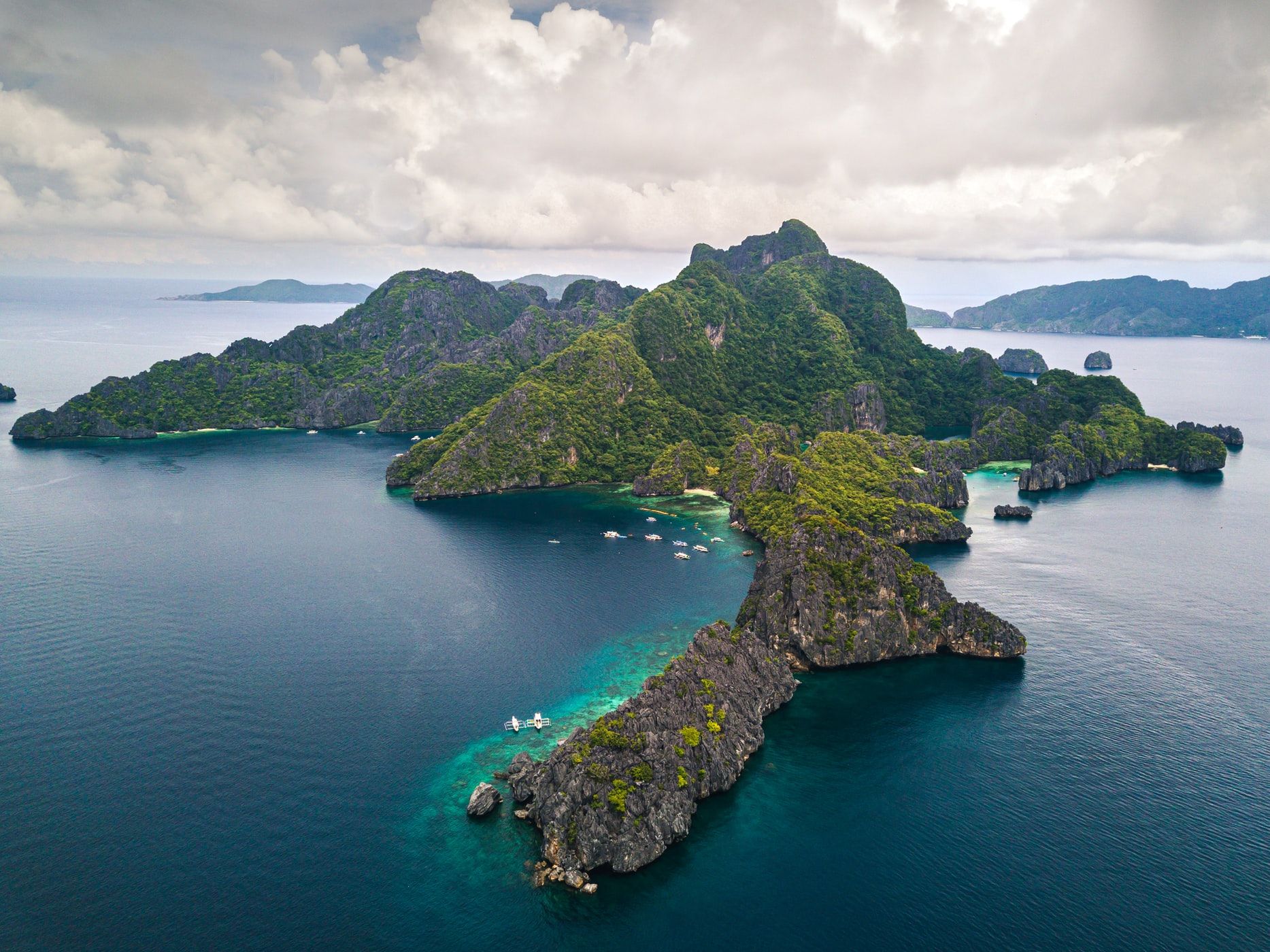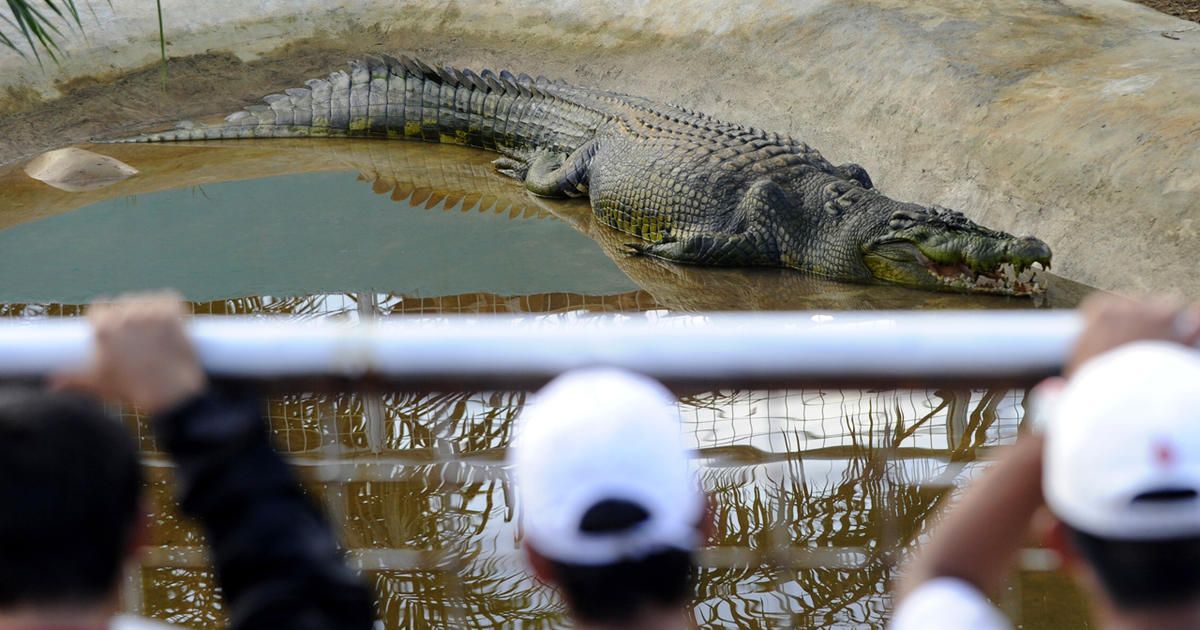To celebrate the 123rd Independence Day of the Philippines, Tatler lists interesting trivia that make up the Filipino culture.
Independence Day is a widely anticipated celebration in the Philippines. After 333 years of Spanish rule, our forefathers were finally able to embrace sovereignty and celebrate a culture that is truly ours.
In this article, Tatler lists some of the things that make the Philippines unique.
Read also: National Symbols Of The Philippines: A Quick Look In Time For The Independence Day
1. Baybayin

The pre-colonial writing script of the Tagalogs in the Philippines is Baybayin, an alphabet with 17 symbols that represent 14 consonants (katinig) and 3 vowels (patinig); it was initially used to sign documents, write poetry, and communicate before we were introduced to the alphabet we know today. The word is derived from the word Baybay which means to spell. Baybayin was erroneously called Alibata when Professor Paul Versoza thought it was an alphabet that originated from the Arabs.
There are other pre-colonial writing scripts in other parts of the Philippines. The Basahan of the Bicolanos, Badliut in the Visayas, Kurdita of the Ilocanos, Kulitan of the Kapampangans, the Hanunuo and Buhid scripts of the Mangyans, the script of Tagbanua, and the Jawi of the Tausugs.
Critiques believe that it will be hard to bring back Baybayin in the modern age. Some of their reasons include the inclusivity of the alphabet (Baybayin is used by the Tagalogs) and retrogression.




